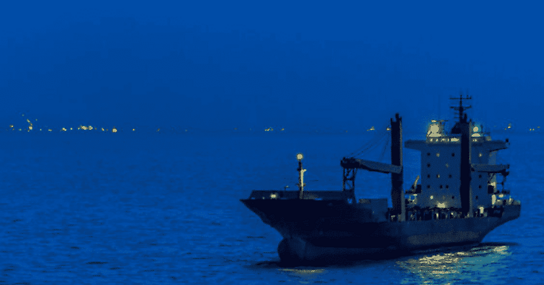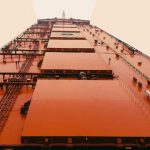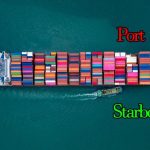To avoid collisions, cruise vessels must be equipped with navigation lights (running lights) that allow other vessels to determine the type and relative angle of a vessel and thus decide if there is a danger of collision. In addition to the running lights, the vessels must indicate special conditions, e.g. being at anchor. The required lighting solution must operate in all weather conditions.
Different areas on the ship require special demands for lighting
Using the appropriate fixture material for the application is critical in order to ensure high robustness and a long operating life of the light fittings, resulting in minimal or zero downtime.
Important factors when working with solutions for navigation lights:
– Fulfillment of all applicable rules for the cruise vessel.
– IP class.
– Mechanical strength/impact resistance.
– Low maintenance and reduced power consumption (high energy efficiency).
Fulfillment of all applicable rules
Navigation lights must fulfill all the requirements of International Regulations for Preventing Collisions at Sea 1972 (COLREG), which are published by the International Maritime Organization (IMO) and local rules.
IP class
A high priority is the IP rating of the light fitting. The challenge here is not only to protect the fixtures from rain and water spray, but also from the continuous impact forces from waves in rough seas, which means an IP66/67 rating is required. In addition, the light fixtures must also survive intensive cleaning, using brushes, tools and sometimes high-pressure cleaners.
Mechanical strength
Using the correct combination of materials in the luminaire is important in order to ensure robustness and a long operating life. Materials are specially selected to withstand high shocks and vibrations, particularly on the upper deck (forecastle), and the foremast at the bow of the vessel. Particularly for areas where heavy vibrations occur, the use of LED light fittings is recommended. LED lighting withstands shock and vibration due to the design of the diodes. No additional vibration suspension is required. The ability to operate across a wide range of ambient temperatures is also an important requirement on the lighting. Cruise vessels are able to navigate all around the world, which means from Arctic areas down to -40°C or lower, to tropical areas at +50°C, ideally the light output and light quality should be the same across all temperatures.
No maintenance and reduced power consumption
Easy installation and various mounting options ensure flexibility, time savings and increases safety of crewmembers, primarily because some of the lights are positioned in areas that are difficult to access. The luminaires should consume as little energy as possible in order to reduce the size of power generators and to save energy and reduce pollution. The efficiency and life span of LEDs continues to improve, and LED luminaires are virtually maintenance-free. This means that cruise vessels with LED lighting will have lower operating costs than vessels with conventional luminaires. In addition, the reduced power consumption of LED lighting onboard has a positive impact on the cruise vessel’s Air Conditioning system, as less heat is emitted from the lighting, which means less AC power is needed and fuel consumption is reduced. The initial investment of the LED installation may be higher than that of a traditional lighting installation, but the lower energy consumption and maintenance costs of LED lighting means that this price difference is quickly recouped and payback on the initial investment is recovered quickly.


